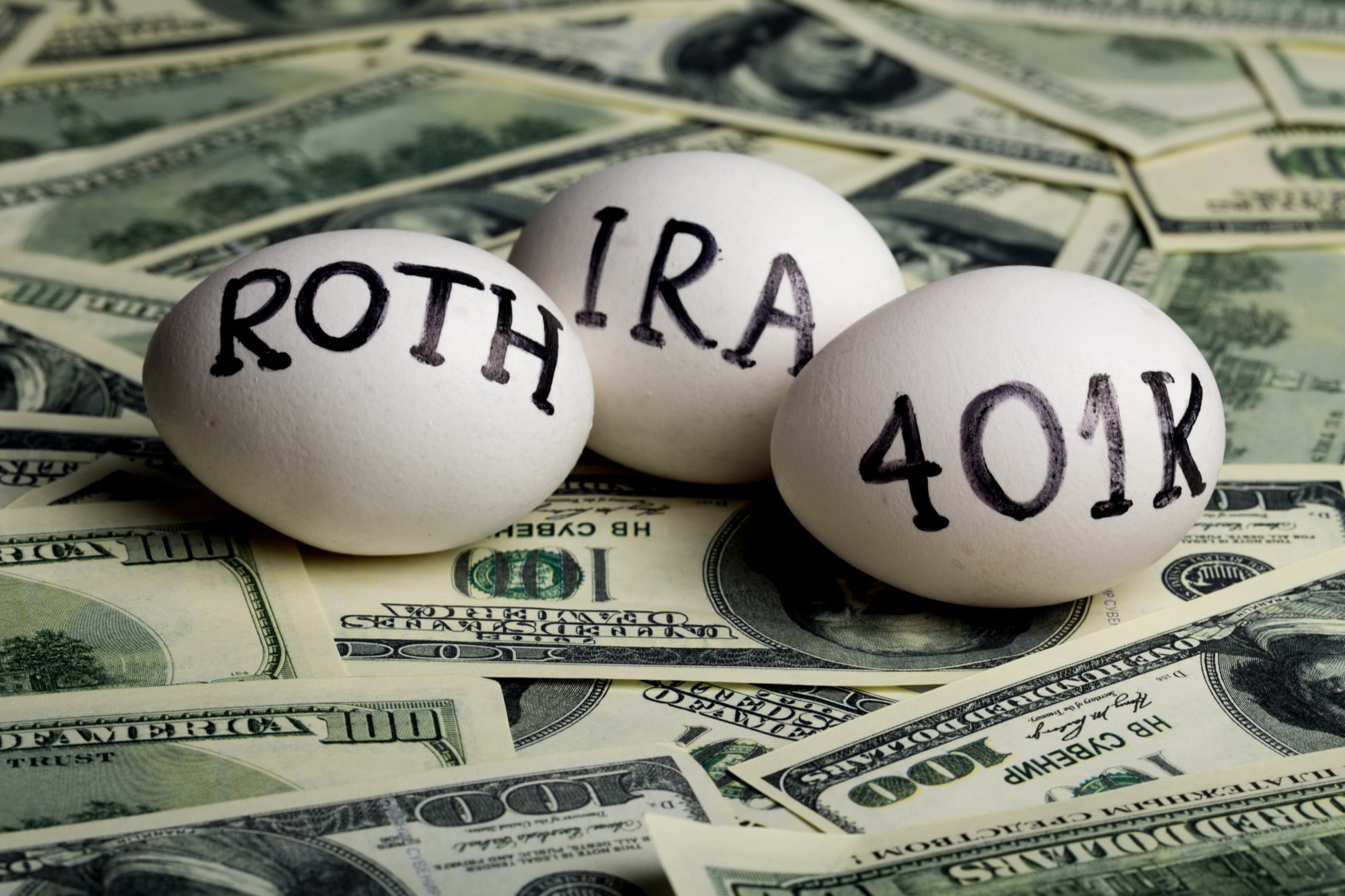Want a way to turn annual $6,000 retirement contributions starting at age 25 into over $1.4 million by the time you retire?
An IRA can help you harness the power of compounding. If you are looking for a straightforward way to get started planning for retirement, an IRA could be the answer.
Let’s answer the question “how does an IRA work?” so you can decide if it’s the right choice for you.
How Does an IRA Work?
When you open an IRA, you will be able to contribute funds that you can then invest. You can choose from stocks, bonds, CDs, and other investments.
You can even invest in gold through your IRA. You can also move money around between investments.
Each year, you are allowed to contribute up to a certain amount. These contribution limits increase periodically, so you should keep an eye out for increases in future years.
As of 2022, you can contribute up to $6,000 per year. If you are 50 or older, you can contribute up to $7,000. Just note you can only contribute up to your modified adjusted gross income (MAGI).
In general, you cannot withdraw your earnings before age 59.5 without penalties. Once you are 59.5 years old, you can withdraw both your contributions and earnings without any penalties.
There are some circumstances where you can make withdrawals before age 59.5. These can include buying your first home or paying for higher education. However, there is some fine print if you do this, so make sure to talk to a financial professional before doing so.
Types of IRAs
There are two main types of IRAs: traditional and Roth. The main difference between them stems from when you pay taxes.
For a traditional IRA, you pay taxes on the full amount that you withdraw when you withdraw your funds. However, you might be able to take a tax deduction in the years you make a contribution.
It’s also important to note that you must start taking withdrawals once you turn 72 years old.
Roth accounts use after-tax money for contributions. This means you pay income taxes now, then when you withdraw your funds later, you don’t have to pay any other taxes.
You don’t get the tax deduction when you contribute, but you could save money on taxes, depending on your situation. In addition, you are not required to make withdrawals if you opt for a Roth IRA.
Benefits of an IRA
One of the biggest benefits of an IRA is that it is tax-advantaged, meaning you don’t pay capital gains tax. Compared to a regular brokerage account, you can save a lot of money, making this one of several major reasons to invest through an IRA.
IRAs are open to many people. Since they do not have to be employer-sponsored, people who don’t have access to a retirement plan through their workplace are still eligible. This includes those who are self-employed, independent contractors, and part-time workers.
Even if you do have an employer-sponsored retirement plan, such as a 401(k), you can still contribute to an IRA. This makes it easy to have control over your investments or maximize your savings.
Save for Retirement with an IRA
An IRA offers an easy way for almost anyone to start saving for retirement. Now that you know the answer to “how does an IRA work?” you can make the best decision on whether it is a good way for you to build your nest egg.
If you found this article helpful, make sure to read our other finance articles, too.




